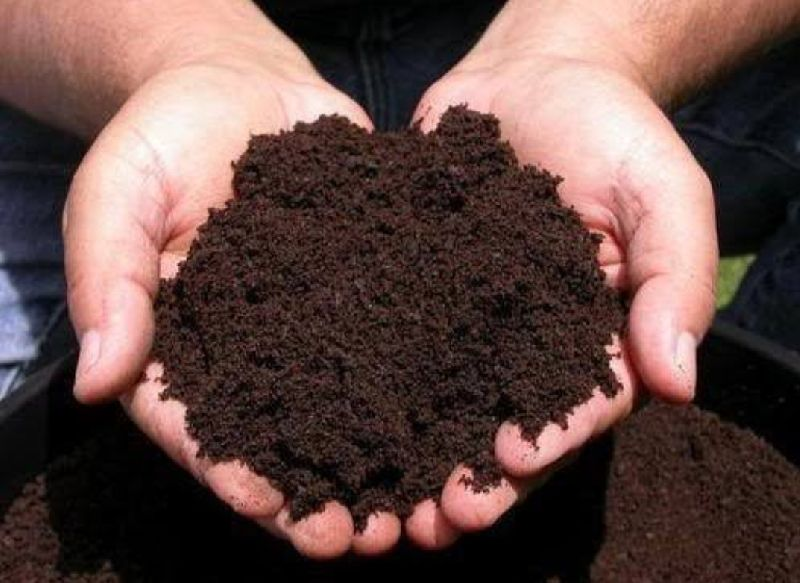Free Courses Sale ends Soon, Get It Now


Free Courses Sale ends Soon, Get It Now



Copyright infringement not intended
Picture Courtesy: www.mswhitecoalind.in
Context: Pressmud, a residual byproduct in the sugar industry, fosters green energy via anaerobic digestion, empowering Indian sugar mills to boost revenue through biogas and compressed biogas (CBG) production.
Details
Pressmud as a Resource
Advantages of Pressmud as Feedstock for CBG:
Challenges Associated with Pressmud Utilization
Regional Production and Mill Operations
Potential of CBG Generation and Necessary Interventions:
Conclusion
Must Read Articles:
SUGARCANE: https://www.iasgyan.in/daily-current-affairs/sugarcane
SUGARCANE INDUSTRY: https://www.iasgyan.in/blogs/sugarcane-industry-38
|
PRACTICE QUESTION Q. How has the adoption of organic fertilizers impacted the yield and sustainability of agricultural practices in India, and what are the key challenges hindering their widespread implementation across different regions and crops? |
© 2024 iasgyan. All right reserved